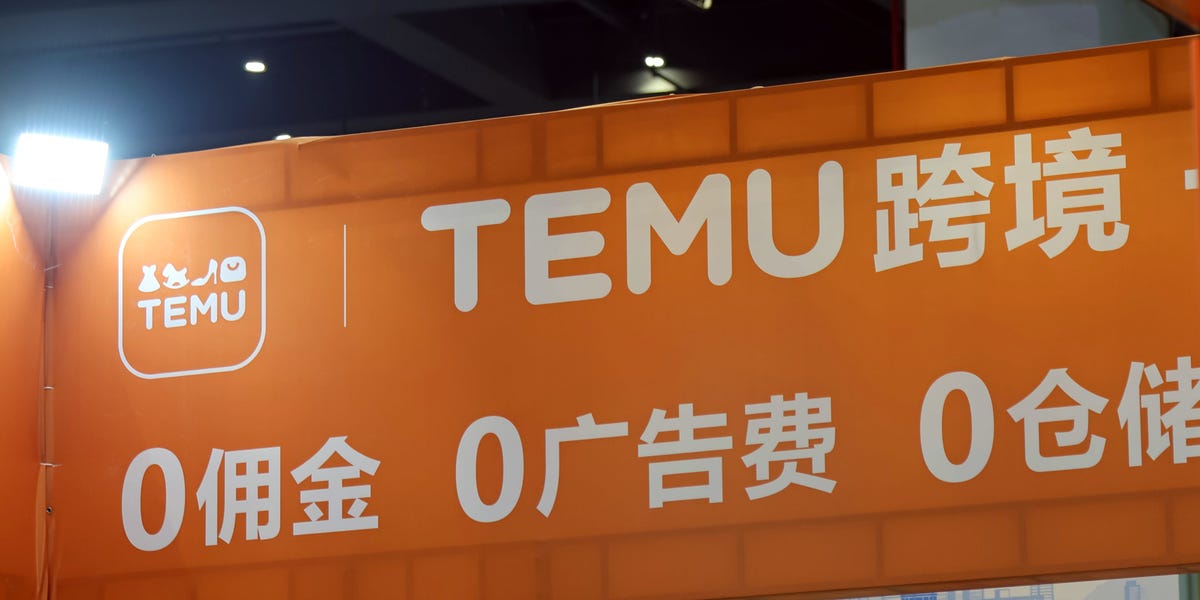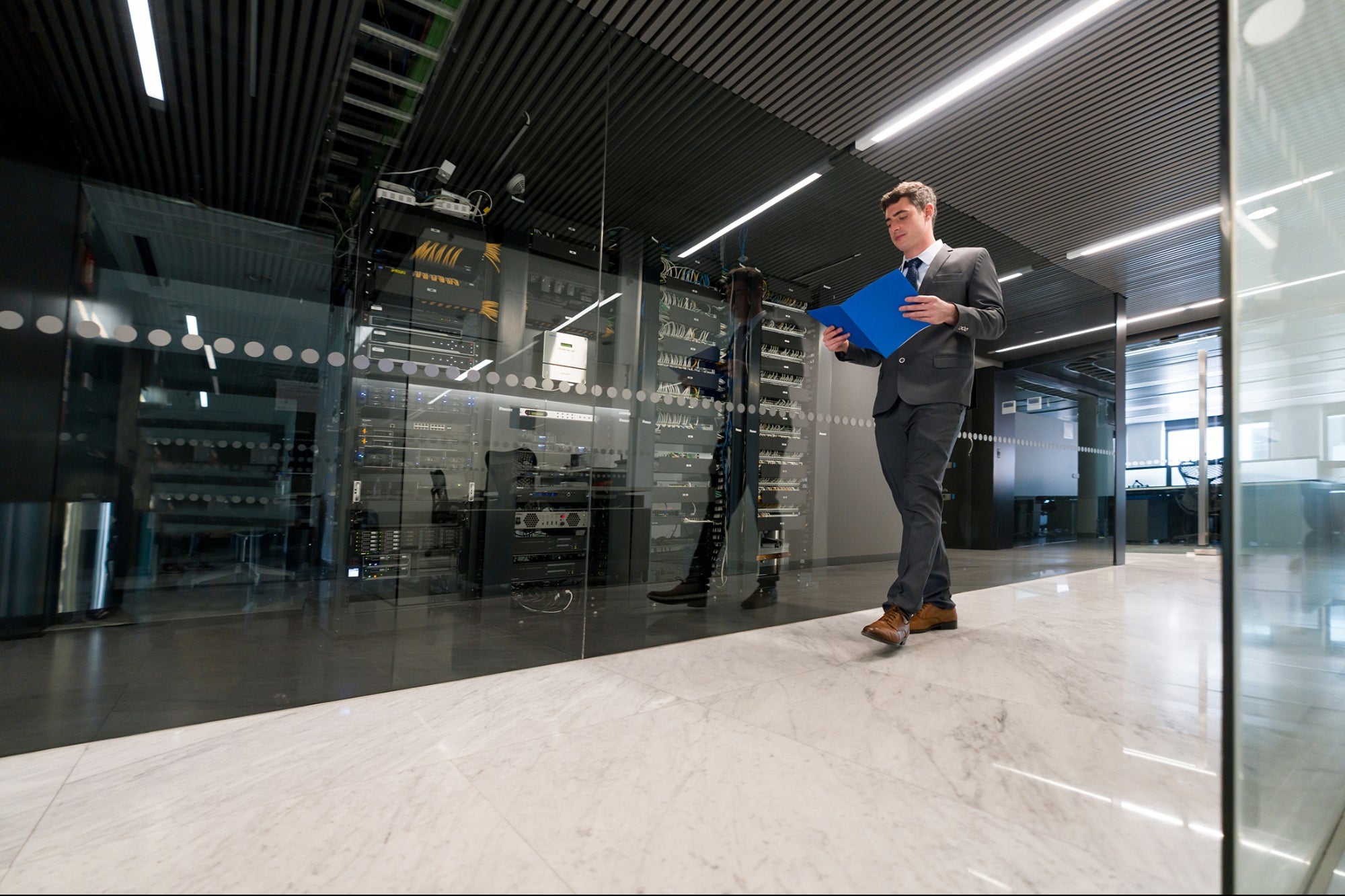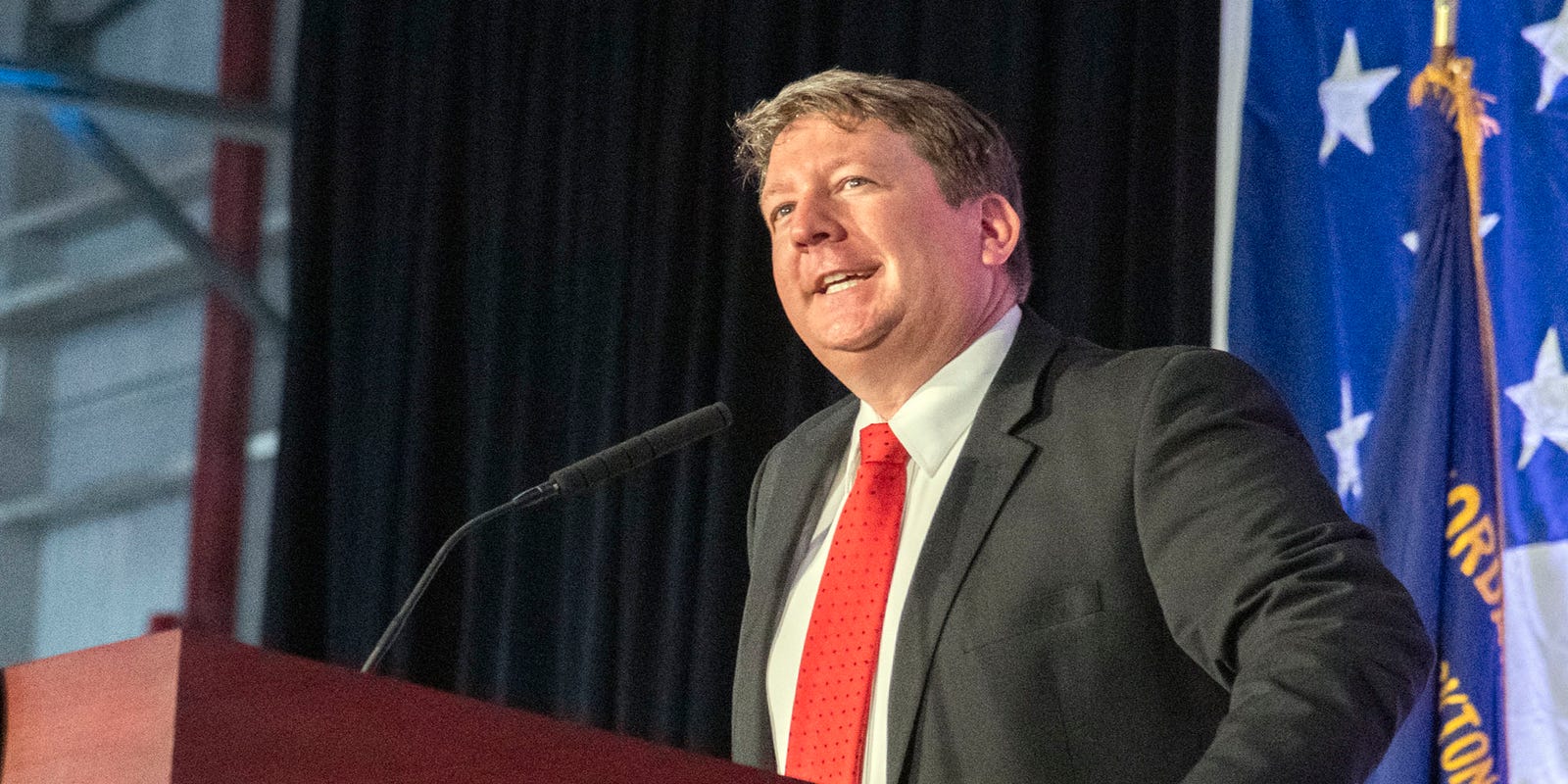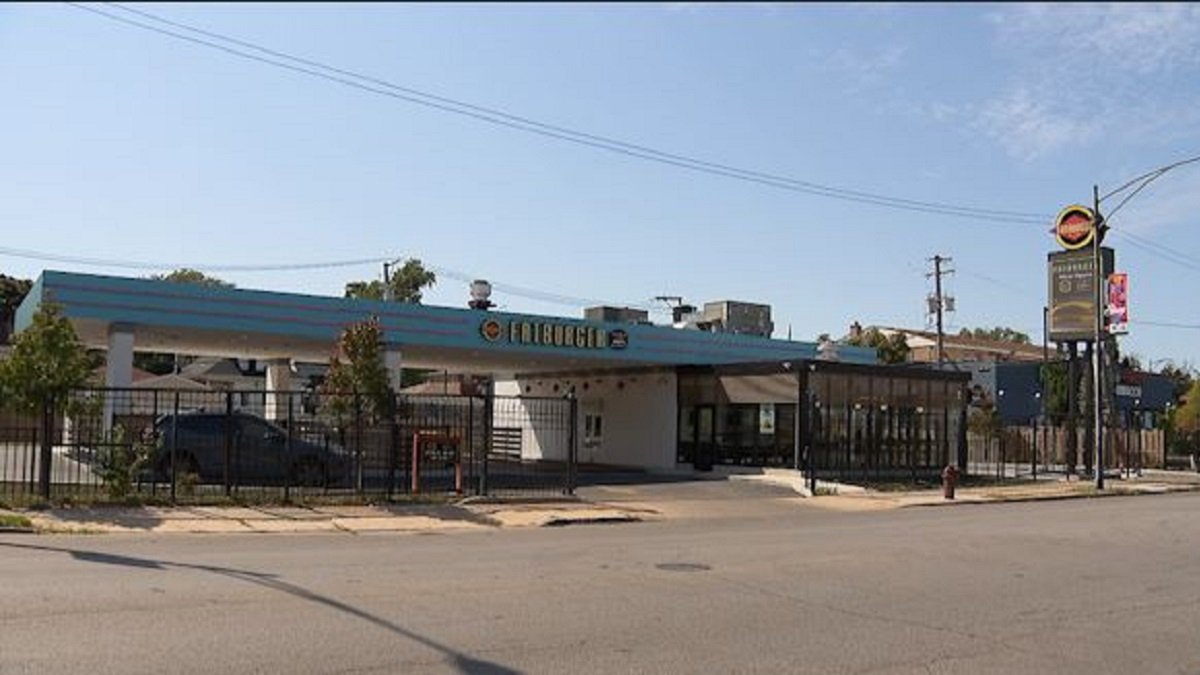From Classrooms to Closing Deals: Willingboro High School Pioneers Real Estate Curriculum
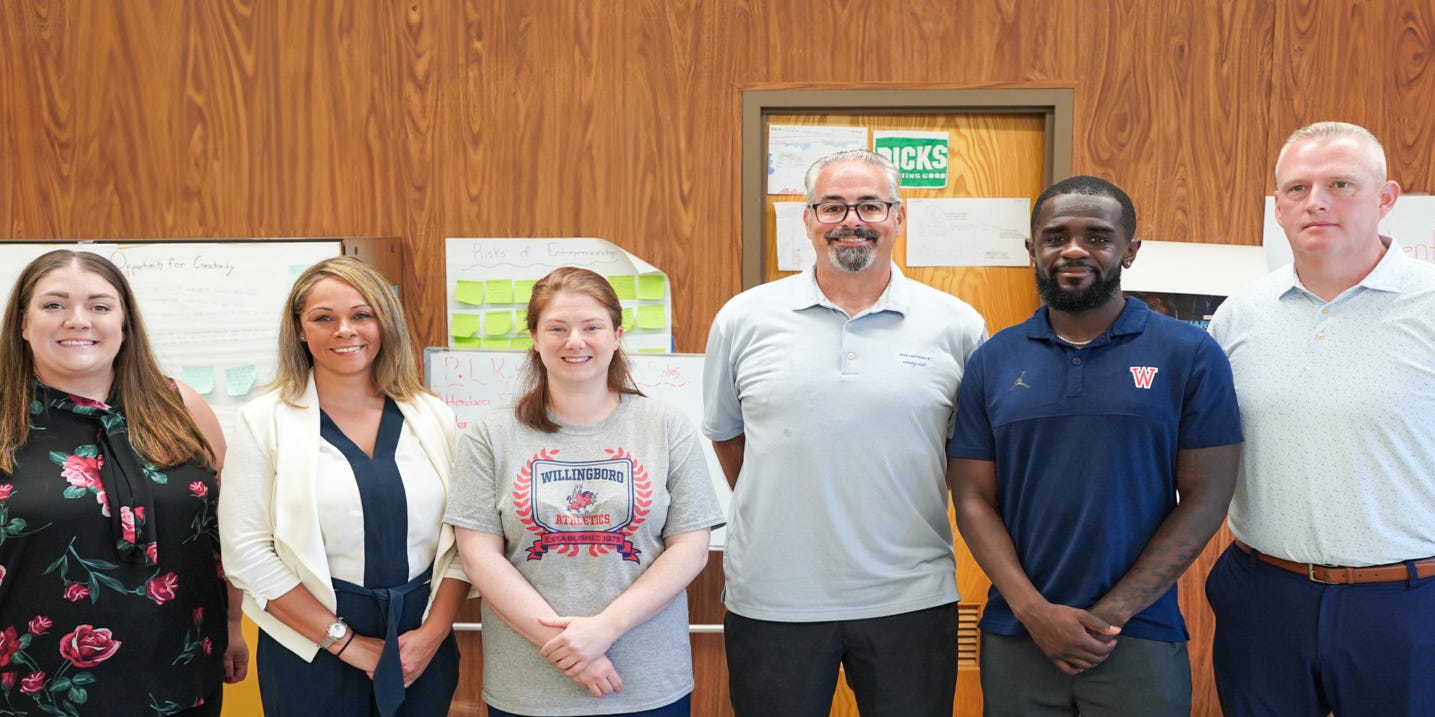
During its inaugural pilot phase last school year, the innovative course garnered enthusiastic praise from both educators and students alike. The overwhelmingly positive feedback highlighted the program's potential to transform traditional learning approaches and engage students in a more dynamic educational experience.

